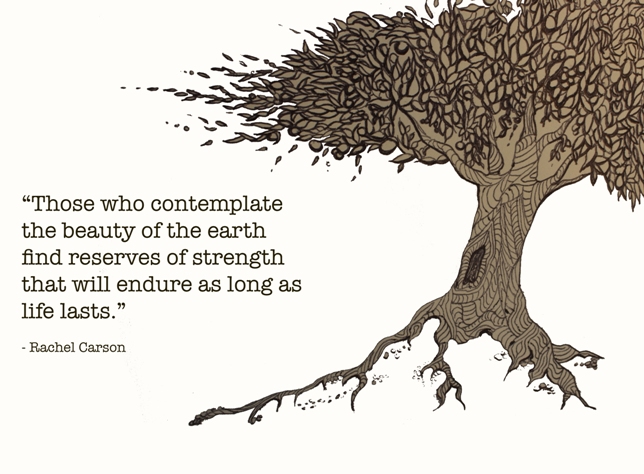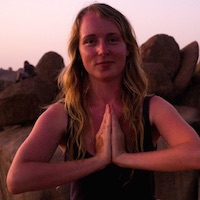
Ups and downs are part of being alive. We often focus on the ups—on wanting to be always happy, always succeeding and always at the top.
But downs are part of the cycle. Feeling sad, not having everything work out as planned, endings.
That’s where the element of earth comes in.
Earth element
Earth represents foundation, stability and nurturing. In our bodies, it is connected to our feet and legs and the base of our spine. In our mind, it is our ability to stay “grounded”—to not be easily thrown by events and to be in touch with the material world around us. Having a stable foundation that we can return to, also gives us the strength to reach up and rise.
Earth works with the other elements: the fluidity of water, the passion of fire, the movement of air and the all pervasiveness of space. Too much earth could bring feelings of being stuck, stubbornness and excess materialism, while not enough earth could create feelings of instability, erraticism and lack of support. As with all things in life, the key is balance.
Bringing earth into our yoga practice can be one way to integrate this principle into our life.
Here are a few suggestions for how to do this:
Earth breath:
Being aware of what parts of our body are making contact with the ground, visualizing those areas as roots that carry our breath. With each in-breath drawing strength and nourishment up from the earth, with each out-breath releasing any tension or negativity down to be transformed.
If helpful, chanting “lam” resonates with the root chakra and earth energy.
Earth poses:
Any asana (yoga pose) can be an earth asana when the focus is the feet, the legs, stability, foundation, the contact with the mat or the earth, feelings of support, security or nurture, downward movement, rooting.
Squat Pose: (mulasana) Feeling the weight and the heaviness of the body sinking down into the earth. Bringing attention to the feet and feeling how they offer support. Sending any unwanted tension out through the feet, to be recycled by the earth. Bringing attention to the base of the spine and the root chakra (muladhara). Maybe engaging the pelvic floor with the breath.
Tree Pose: (vriksasana) Taking time to really plant the foot into the ground, spreading the toes wide like stable roots, sinking the foot and leg deep into the ground before lifting the other foot. Notice how a stable foundation allows you to lift up. Feel the balance between your foot reaching down into the earth and your fingertips reaching up into the sky.
Child’s Pose: (balasana) Feeling the upper body and pelvis drawn toward the earth. Maybe resting the forehead on the mat. Feeling the safe space, like a cave or a womb. Remembering and thanking all the people in your life who have held you and nurtured you, offered you support.
Earth gestures:
The ring finger represents the earth element. Bringing the ring finger and thumb to touch, with the other three fingers extended, is known as prithvi mudra.
It can also help focus to simply place the hands on the knees, feet or mat and bring awareness down.
These gestures can be integrated these into asana practice or used to focus a meditation.
Earth living:
Not just in our yoga practice, but throughout the day we can connect with the element of earth to increase our sense of stability and of being rooted.
Being outside in nature or even walking barefoot. Being conscious of how we interact with money, food and other material elements. Bringing awareness into our feet, noticing how they balance our weight. Maybe end the day with a foot bath or foot massage. When lying in bed before sleep, using the out-breath to feel the body becoming heavy and sinking down into the earth.
May the earth nurture you always.
Author: Rosa Lia
Editor: Catherine Monkman
Photo: Author’s Own










Read 1 comment and reply